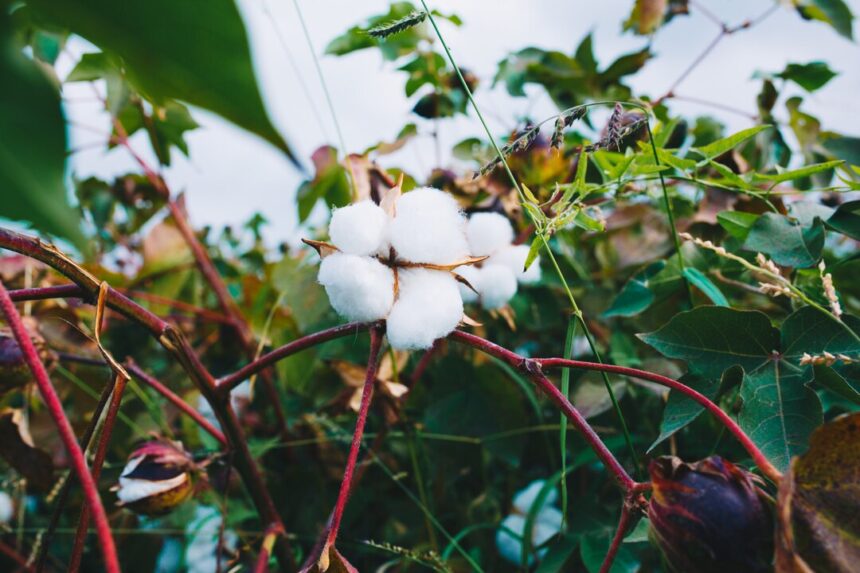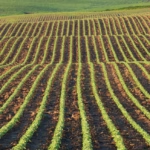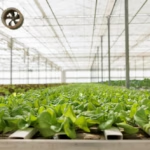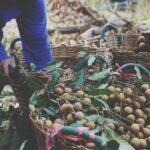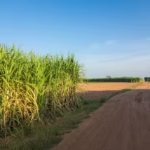Cotton is a vital crop with a significant impact on South Africa’s economy, contributing to both the agricultural sector and the textile industry. With its versatility and widespread use in clothing, home textiles, and industrial applications, cotton production plays a crucial role in the country’s socioeconomic development. To maximize the quality and yield of cotton fiber, farmers and researchers in South Africa employ various techniques and practices aimed at enhancing productivity and profitability. In this article, we’ll explore some of the key techniques used to improve the quality and yield of cotton fiber in South Africa.
1. Selecting High-Quality Seeds:
The foundation of a successful cotton crop begins with selecting high-quality seeds suited to local growing conditions and pest pressures. Farmers in South Africa have access to a range of cotton cultivars bred for traits such as yield potential, fiber quality, and resistance to pests and diseases. Choosing the right seed variety is essential for maximizing both quality and yield.
2. Optimal Planting Practices:
Proper planting practices play a crucial role in ensuring the success of a cotton crop. Farmers in South Africa carefully consider factors such as planting date, spacing, and seeding rate to optimize plant growth and development. Planting at the right time, using recommended spacing, and achieving uniform stand establishment are essential for maximizing yield potential.
3. Irrigation Management:
Cotton is a water-intensive crop, and efficient irrigation management is essential for achieving high yields and fiber quality. In South Africa, where water resources may be limited, farmers utilize various irrigation techniques such as drip irrigation, furrow irrigation, and center pivot systems to optimize water use efficiency and minimize water stress during critical growth stages.
4. Nutrient Management:
Proper nutrient management is essential for ensuring healthy plant growth and maximizing cotton yield and fiber quality. Soil testing and analysis help farmers determine the appropriate fertilization regimen based on soil nutrient levels and crop requirements. Balanced fertilization with nitrogen, phosphorus, potassium, and micronutrients is crucial for achieving optimal yields and fiber properties.
5. Integrated Pest Management (IPM):
Pests and diseases can significantly impact cotton yield and fiber quality if left unmanaged. Integrated Pest Management (IPM) strategies are employed to minimize pest damage while reducing reliance on chemical pesticides. Techniques such as crop rotation, biological control, and the use of resistant cultivars help farmers in South Africa manage pests sustainably and protect cotton crops.
6. Weed Control:
Effective weed control is essential for optimizing cotton yield and fiber quality by minimizing competition for nutrients, water, and sunlight. Farmers in South Africa employ various weed management practices, including herbicide applications, mechanical cultivation, and mulching, to control weed populations and maintain clean fields throughout the growing season.
7. Timely Harvesting:
Timely harvesting is critical for maximizing cotton yield and fiber quality. Farmers in South Africa carefully monitor crop maturity and weather conditions to determine the optimal time for harvest. Harvesting too early or too late can result in reduced fiber quality and yield losses, so precise timing is essential for achieving optimal results.
8. Post-Harvest Handling:
Proper post-harvest handling is essential for preserving cotton fiber quality and minimizing losses during processing and storage. Farmers in South Africa take care to harvest cotton at the correct moisture content, avoid contamination, and store bales in clean, dry conditions to maintain fiber integrity and prevent deterioration.
In conclusion, enhancing the quality and yield of cotton fiber in South Africa requires a combination of sound agronomic practices, effective pest and weed management, and careful attention to post-harvest handling. By adopting these techniques and staying informed about the latest research and innovations, cotton farmers can optimize productivity, profitability, and sustainability in this vital sector of the economy. Through ongoing collaboration between farmers, researchers, and industry stakeholders, South Africa can continue to strengthen its position as a leading producer of high-quality cotton fiber for domestic and international markets.

